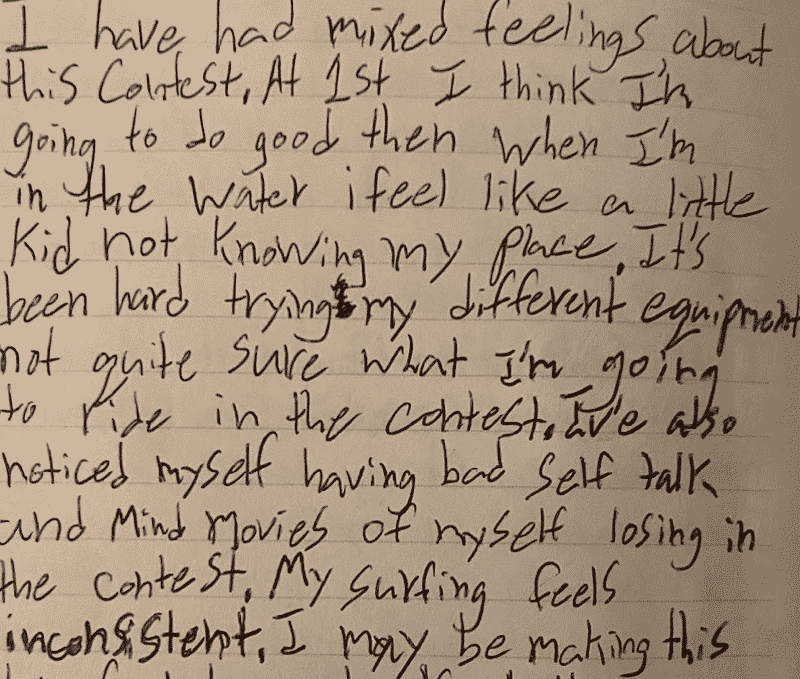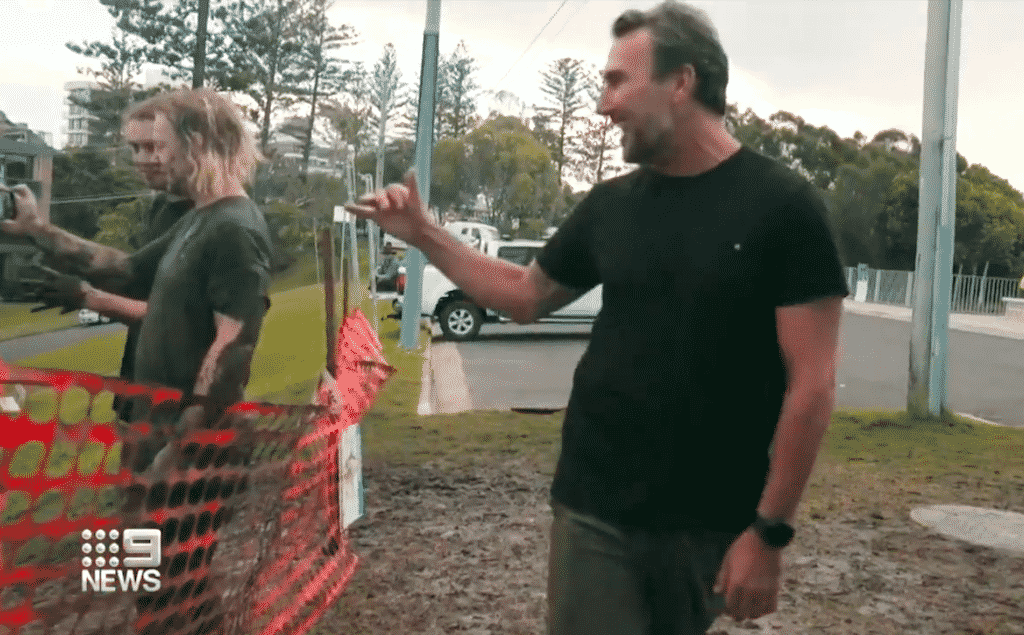Usually existing in peaceful co-existence with the local people and the tourists, these simian range wars have been due to the disastrous effects of the global pandemic lockdown
A rare and sacred white monkey was discovered covered in wounds last month in Pecatu Village, South Kuta.
That’s Uluwatu, by the way.
Most people in the area consider this rare white monkey as the sacred manifestation of Hanuman, the clever hero of their religious folklore.
And the death or even minor injuries to this primate forebode disaster for the village.
And it seems they were right about the disaster part.
The white monkey suffered these injuries in clashes between the seven separate troupes of monkeys that inhabit the area surrounding Uluwatu. Usually existing in peaceful co-existence with the local people and the tourists, these simian range wars have been due to the disastrous effects of the global pandemic lockdown
The ever-present monkeys are usually both the delight and the bane of travelers with their clever thieving ways (The monkeys, not the tourists). But during the Covid era the marauding primates have had to rely on means other than the easy pickin’s from the tourists and the temple caretakers who feed them.
Emboldened by the lack of the usual human presence, the troupes have been forced to organize territorial raids on each others resources and on private villas in the area. Clearing the fruit off the trees of properties and anything else they could make off with. Outdoor picnics became primary targets in many neighborhoods.
Home invasions have been reported by a number of cliffside residents who have open plan villas or have left their dwelling windows and doors open.
One Aussie surfer returned to his rental villa and found “that they had opened my fridge and were having a hell of good time. Thank God they left the beer”.
To surfers, these wild monkeys have been an integral part of the Uluwatu experience. From the time of Morning of the Earth to our current days, the kinship surfers share with these animals is easy to see.
It was surfers who created the tourist industry of the Bukit Peninsula, changing the wild, natural monkey culture forever. And the ever-present monkeys, seemingly as carefree and as focused on simple pleasures as the surfers themselves, have always lent an exotic vibe to the cosmic tropical freedom that all surfers seek in Bali.
The good news is that extremely rare, and badly wounded white monkey has been captured and treated and is healing from his last campaign.
With tourist numbers rising as fast as a fever, a ceasefire agreement has apparently been established between the monkey troupes and new territorial boundaries have been agreed upon.
It seems it is time for all the monkeys of the Uluwatu area to heal from the wages of war.
And look to a brighter future as surfers pour back in and contribute to the balance that is so vital to the island’s culture.
Peace has fallen once again upon Uluwatu and the harmonious, if unspoken, agreements between man and beast are once again moving in greased grooves.
Says one village leader “I know the recovery of the white monkey is a positive sign. I hope we can all rise up together, the surfers, the monkey’s, the waves and us, and that the economy will come back and that all of us can recover from the disastrous conditions we have suffered”.







